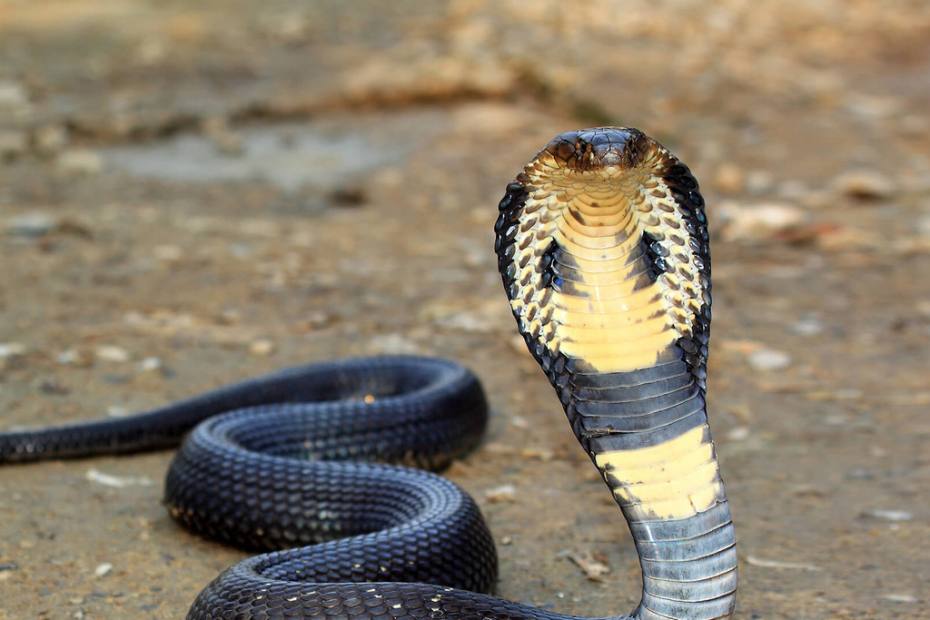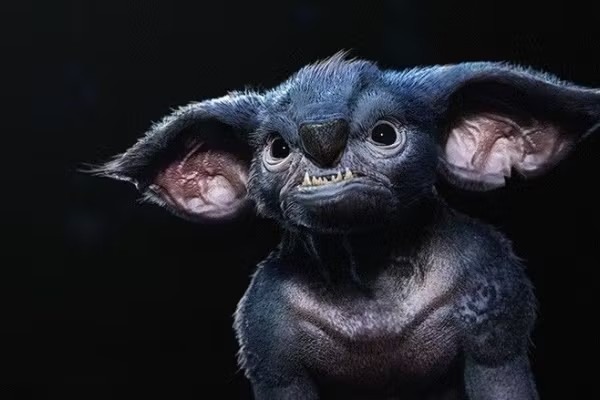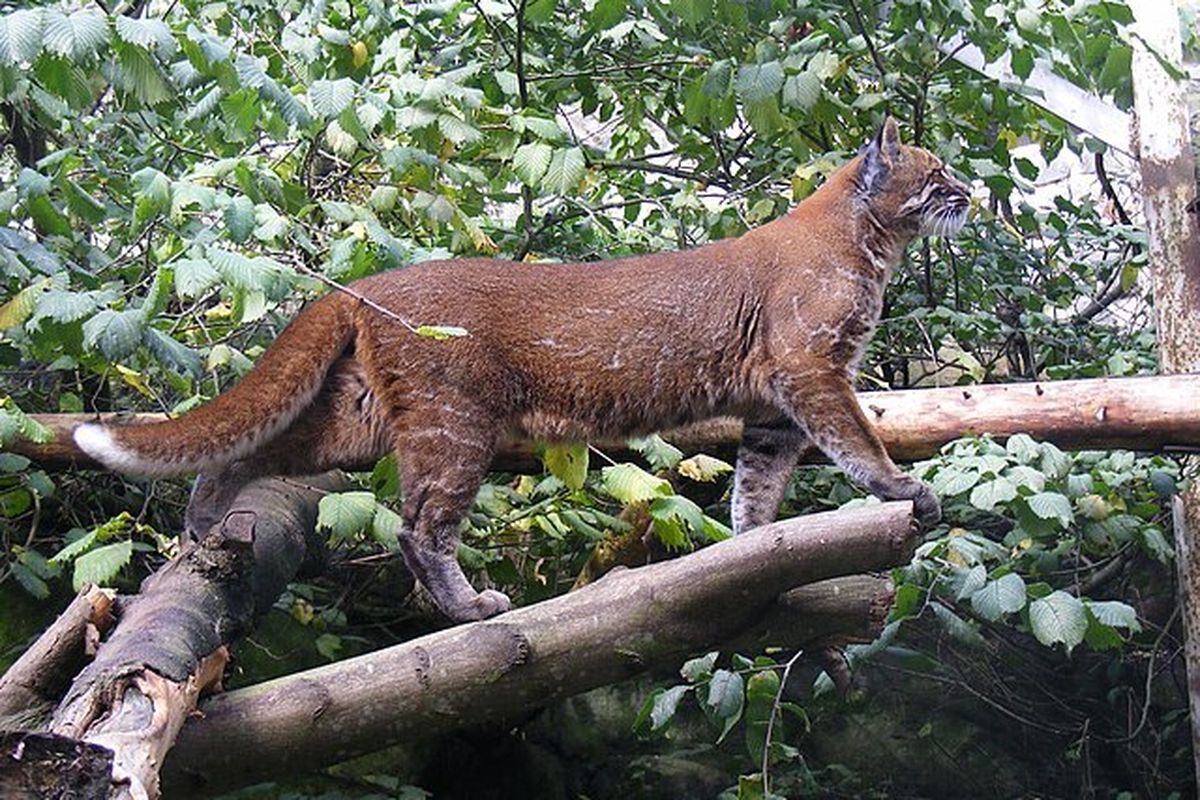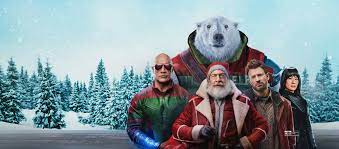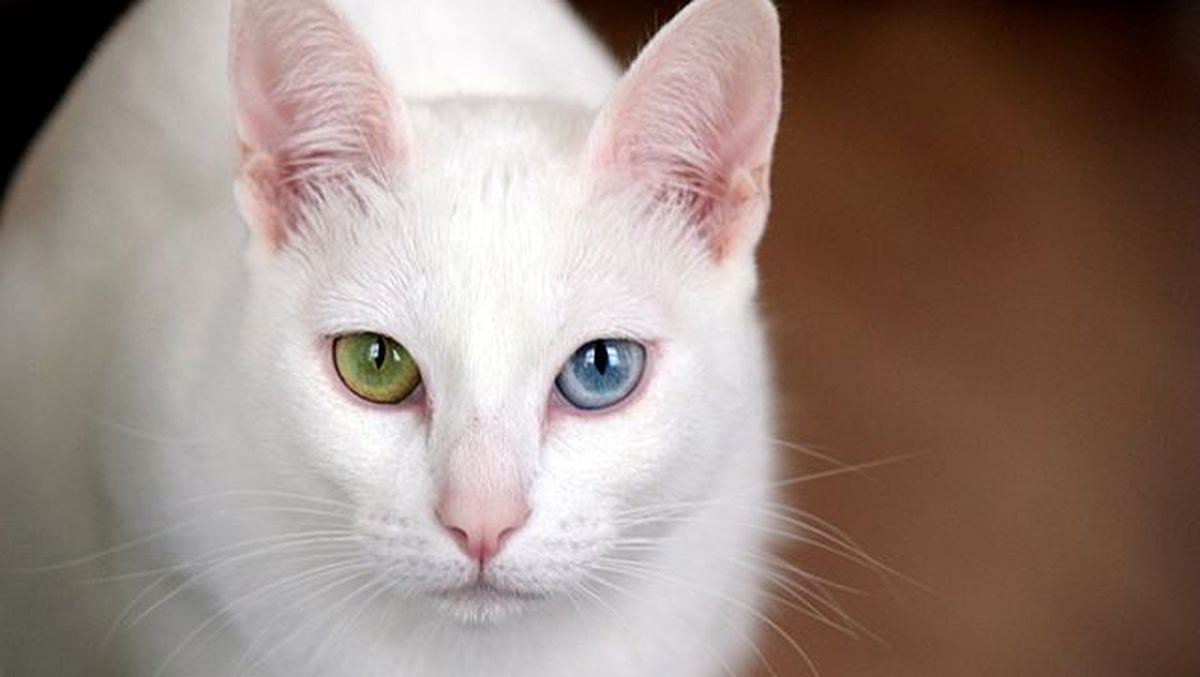Step into the world of the most feared and revered serpent, as we delve into the kingdom of the King Cobra. With its imposing size and deadly venom, this majestic creature holds a position of supremacy in the snake realm.
The King Cobra, scientifically known as Ophiophagus hannah, is a symbol of power and dominance. As the longest venomous snake in the world, it can reach lengths of up to 18 feet and possesses the ability to raise its upper body off the ground, presenting an intimidating spectacle.
What makes the King Cobra truly fascinating is its potent venom. Capable of delivering a lethal dose with a single bite, this predator strikes fear into the danatoto hearts of both its prey and its human observers. Its venom targets the nervous system, causing paralysis and eventually leading to respiratory failure.
Beyond its danger, the King Cobra has also woven a fascinating tale in human culture, often appearing in legends and folklore throughout Southeast Asia. Its name alone evokes a sense of awe and respect.
Join us on a journey of discovery as we explore the intricate world of the King Cobra, learning about its behaviors, habitat, and the vital role it plays in maintaining the delicate balance of nature.
Physical Characteristics of the King Cobra
Contents
- 1 Physical Characteristics of the King Cobra
- 2 Habitat and Distribution
- 3 Feeding Habits and Diet
- 4 King Cobra’s Venom and Its Effects
- 5 Reproduction and Lifecycle
- 6 King Cobra and Its Role in the Ecosystem
- 7 Conservation Status and Threats
- 8 Famous King Cobra Encounters and Stories
- 9 Conclusion: Appreciating the Beauty and Danger
- 10 Author
The King Cobra is distinguished by its impressive size and unique physical features. This serpent can grow to astonishing lengths, with some individuals measuring up to 18 feet. Its elongated body is adorned with smooth, shiny scales that vary in color from olive to brownish-yellow, often marked with black bands or stripes. These features not only contribute to its majestic appearance but also serve as a form of camouflage in its natural habitat.
One of the most notable aspects of the King Cobra’s physicality is its ability to hood itself. When threatened, it can rise up and expand the skin around its neck, creating a dramatic display designed to intimidate potential predators or rivals. This hood, which can reach up to one-third of its body length, is a defining characteristic that sets the King Cobra apart from other snakes. Its large, fixed fangs can deliver venom deep into its prey, ensuring a swift kill.
In addition to its size and hood, the King Cobra possesses keen eyesight and excellent hearing abilities, which aid in hunting and evading danger. Its forked tongue serves as a sensory organ, allowing it to detect chemical signals in the environment. This combination of physical traits makes the King Cobra not only a formidable predator but also a fascinating subject for researchers and wildlife enthusiasts alike.
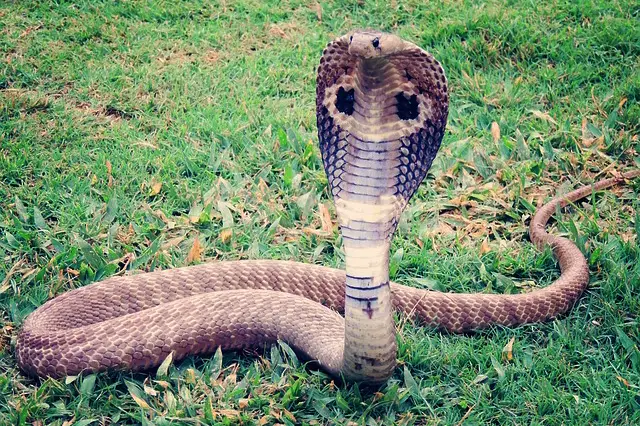
Habitat and Distribution
The King Cobra is predominantly found in the lush, tropical forests of Southeast Asia, with a range that includes countries such as India, Bangladesh, Myanmar, Thailand, Malaysia, and Indonesia. This species thrives in a variety of habitats, from dense jungles to open grasslands, demonstrating a remarkable adaptability to different environmental conditions. However, they are most commonly associated with forests, where they can find ample cover and abundant prey.
King Cobras prefer areas near water sources, such as rivers, streams, and swamps, as these environments provide not only hydration but also a rich hunting ground. They are excellent swimmers and are known to hunt aquatic prey, showcasing their versatility as predators. Additionally, the Cobra’s ability to climb trees allows it to escape threats and seek out nesting sites, further expanding its range of habitats.
Despite their adaptability, King Cobras are facing increasing threats due to habitat destruction and human encroachment. Deforestation for agricultural expansion and urbanization has led to a significant reduction in their natural habitat. As a result, these magnificent serpents are often forced into closer proximity to human settlements, leading to potential conflicts and increased mortality rates.
Feeding Habits and Diet
The King Cobra is a carnivorous predator, primarily feeding on other snakes, including some of the most venomous species. Its diet is specialized, and it is known to consume a variety of snake species, including rat snakes, pit vipers, and even other King Cobras. This unique feeding behavior has earned the Cobra its scientific name, Ophiophagus, which translates to “snake-eater.”
When hunting, the King Cobra employs a combination of stealth and speed. It uses its keen eyesight and acute sense of smell to locate its prey before striking with lightning speed. Once it has immobilized its target with a bite, the venom rapidly takes effect, paralyzing the victim and allowing the Cobra to consume its meal at leisure. The snake’s ability to consume prey larger than itself is a testament to its remarkable digestive capabilities.
In addition to its impressive hunting skills, the King Cobra plays a crucial role in regulating the populations of other snake species within its ecosystem. By preying on various snakes, it helps maintain a balance in the ecosystem, preventing overpopulation and ensuring the health of the environment. This predatory behavior highlights the importance of the Cobra in the food chain and its vital role in maintaining ecological harmony.
King Cobra’s Venom and Its Effects
The venom of the King Cobra is one of the most potent in the animal kingdom, primarily composed of neurotoxins that can cause severe damage to the nervous system. A single bite can deliver enough venom to kill an adult human within hours if left untreated. The venom works by attacking the synapses between nerve cells, leading to paralysis and respiratory failure. This makes the King Cobra one of the most feared snakes in the world, capable of inflicting life-threatening injuries with its bite.
Interestingly, the King Cobra’s venom is not only a weapon but also a tool for its survival. The potency of its venom allows it to subdue larger prey with minimal effort, ensuring a successful hunt. Additionally, the venom contains a variety of proteins and enzymes that help in digestion, breaking down the prey’s tissues for easier consumption.
Despite its fearsome reputation, the King Cobra’s venom has been the subject of numerous scientific studies, leading to potential medical applications. Researchers are exploring the use of Cobra venom in developing new treatments for various neurological disorders, highlighting the dual nature of this deadly substance. While it remains a potent threat in the wild, it also holds promise for advancing medical science, showcasing the complexity of nature’s designs.
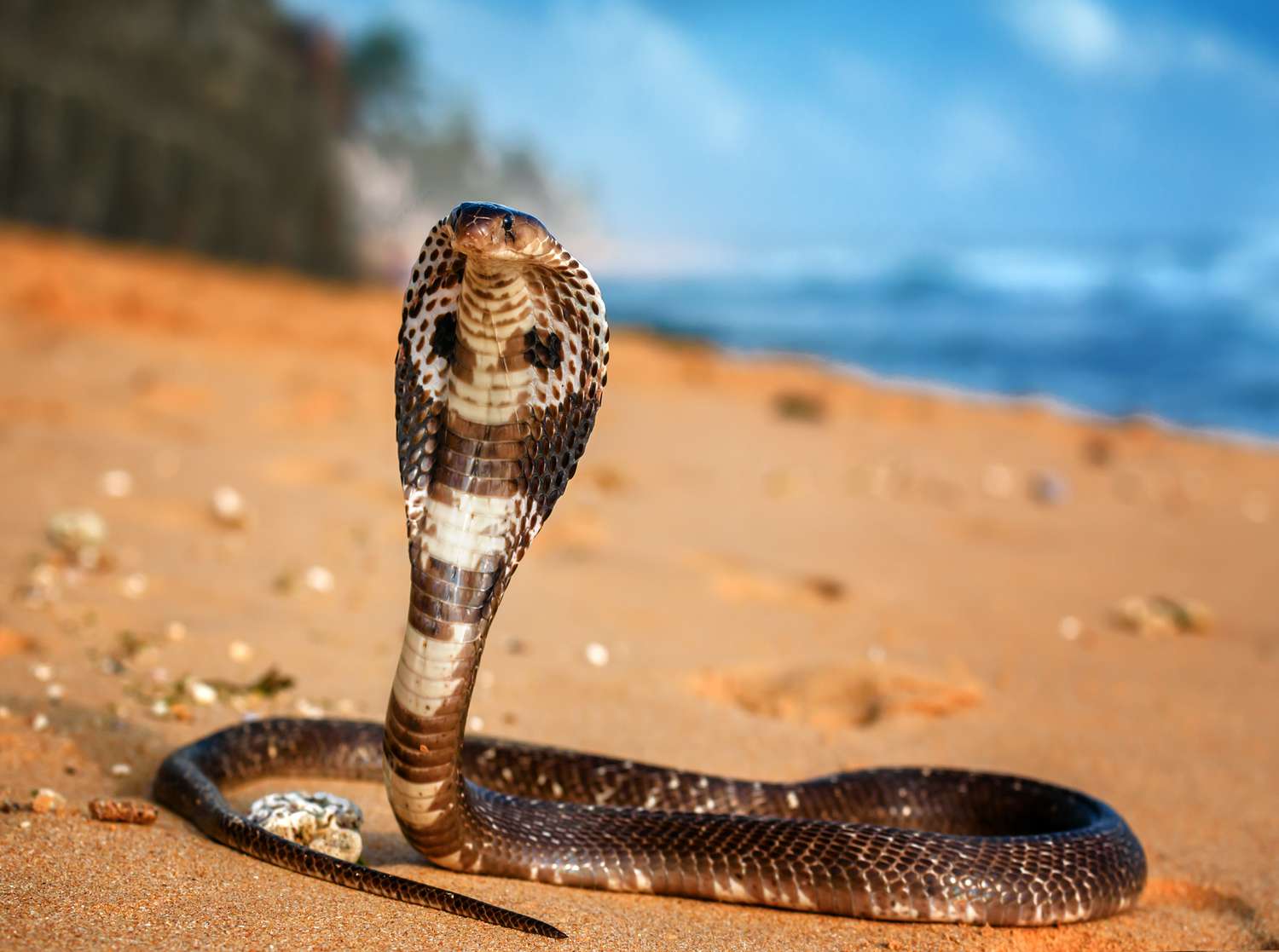
Reproduction and Lifecycle
The reproductive cycle of the King Cobra is as fascinating as the snake itself. Mating typically occurs during the rainy season, when males engage in elaborate courtship displays to attract females. These displays often involve wrestling matches between competing males, where they intertwine and try to overpower each other. The victor earns the right to mate with a female, showcasing the importance of strength and dominance in their breeding rituals.
After successful mating, the female King Cobra lays a clutch of eggs, usually ranging from 20 to 40 eggs. What sets King Cobras apart from many other snake species is their maternal care. The female will carefully coil around the eggs, providing protection and warmth until they hatch. This nurturing behavior is relatively rare among snakes and highlights the unique characteristics of the King Cobra’s reproductive strategy.
Once the eggs hatch, the baby King Cobras emerge ready to fend for themselves. They are born with a full set of venomous fangs and instinctively know how to hunt. The young snakes are typically about 2 to 3 feet long at birth and face numerous challenges in their early lives, including predation from birds and larger snakes. Their survival instincts and early independence are crucial for their eventual growth into the magnificent serpents they are destined to become.
King Cobra and Its Role in the Ecosystem
The King Cobra holds a vital position in the ecosystem as both a predator and a prey species. As a top predator, it helps maintain the balance of populations among various snake species, preventing any single species from becoming overly dominant. This ecological role is crucial for maintaining the overall health and diversity of its habitat, demonstrating the interconnectedness of species within an ecosystem.
In addition to its role as a predator, the King Cobra is also part of the food web. Although adult Cobras are relatively safe from other predators due to their size and venom, young snakes are vulnerable to birds of prey, larger snakes, and even mammals. This duality emphasizes the importance of the King Cobra in both regulating prey populations and serving as a food source for other animals, contributing to the complexity of the ecosystem.
Moreover, the presence of King Cobras in their natural habitat can serve as an indicator of environmental health. A thriving Cobra population often reflects a balanced ecosystem with abundant prey and suitable living conditions. Conversely, a decline in their numbers may signal ecological issues, such as habitat destruction or pollution. Therefore, conserving King Cobras is not only essential for their survival but also for the overall health of the ecosystems in which they reside.
Conservation Status and Threats
Despite their formidable nature, King Cobras face numerous threats that have led to a decline in their populations. Habitat loss due to deforestation, agricultural expansion, and urbanization poses one of the most significant challenges for these magnificent serpents. As their natural habitats shrink, Cobras are forced to venture into human-dominated areas, leading to increased encounters with people and often resulting in conflict.
Additionally, illegal wildlife trade poses a severe threat to King Cobras. They are often captured for their skins, which are highly valued in the fashion industry, or for use in traditional medicine in some cultures. This exploitation not only diminishes their populations but also disrupts the delicate balance of their ecosystems.
Conservation efforts are crucial for ensuring the survival of King Cobras in the wild. Various organizations are working to raise awareness about the ecological importance of these snakes and the need for habitat preservation. Establishing protected areas and promoting sustainable land-use practices can help mitigate the threats faced by King Cobras and ensure their continued existence in their natural habitats. By fostering respect and understanding for these remarkable creatures, we can contribute to their conservation and the health of the ecosystems they inhabit.
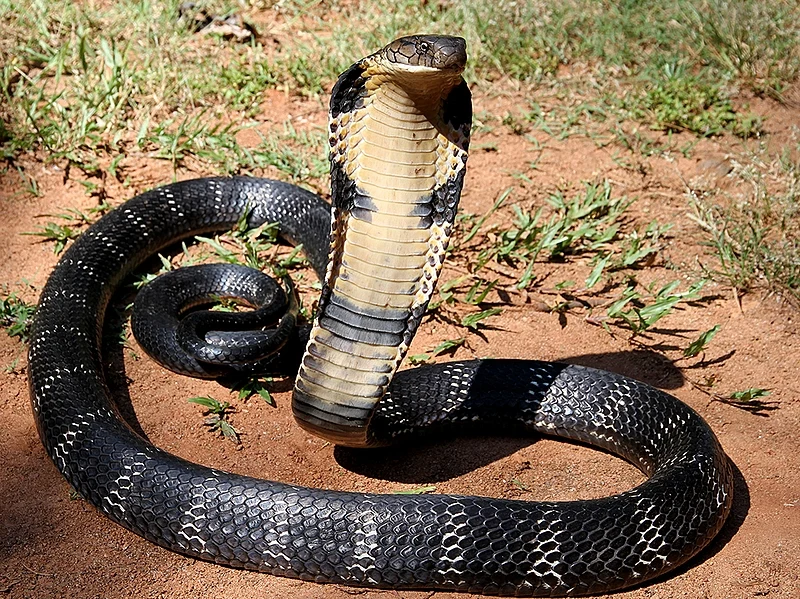
Famous King Cobra Encounters and Stories
Throughout history, the King Cobra has captured the imagination of people around the world, often featuring prominently in folklore, legends, and even contemporary encounters. In many Southeast Asian cultures, the King Cobra is revered as a powerful symbol of strength and wisdom. Stories of snake charmers taming these majestic serpents have been passed down through generations, showcasing the deep-rooted connection between humans and King Cobras.
One of the most famous encounters with a King Cobra involved a snake charmer in India, who was known for his extraordinary ability to handle these deadly creatures. This man would perform daring feats, including allowing the King Cobra to wrap around his body without fear. His remarkable relationship with the snake not only astounded audiences but also highlighted the importance of understanding and respecting these animals rather than fearing them.
In more recent times, there have been numerous reports of unexpected encounters with King Cobras in urban areas, leading to thrilling and often dangerous situations. These encounters serve as a reminder of the need for coexistence between humans and wildlife, emphasizing the importance of educating communities about the behavior and ecology of these magnificent serpents. Each story adds to the rich tapestry of human experiences with King Cobras, helping to foster a deeper appreciation for their beauty and complexity.
Conclusion: Appreciating the Beauty and Danger
The King Cobra is a creature that embodies both beauty and danger, captivating our imaginations while inspiring a sense of respect and caution. Its impressive size, striking appearance, and potent venom make it a formidable presence in the animal kingdom. Yet, beneath its fearsome exterior lies a complex and vital role in the ecosystem, contributing to the balance of nature in ways that are often overlooked. If you like reading this article then please consider visiting theholykale to find more article like this.

